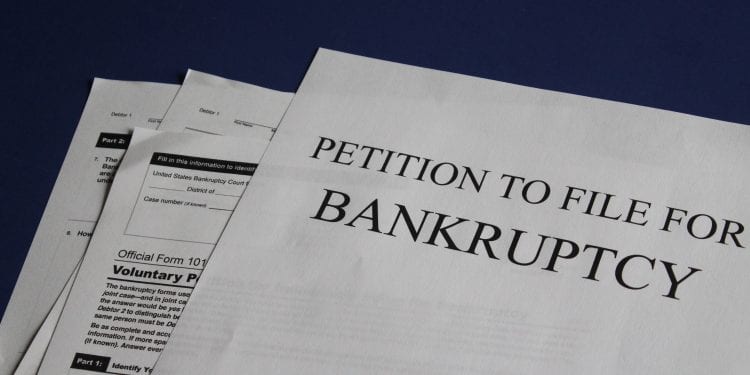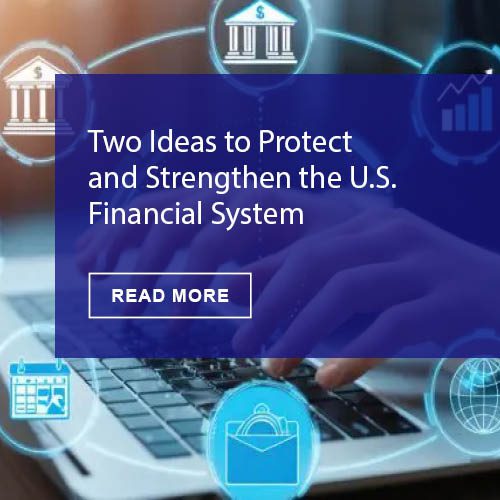As credit metrics for loss and delinquency continue at record low rates, bankruptcy attorneys await a storm of filings by small businesses. Even though just about anyone who wants a vaccine can get one, many small businesses are slow to recover.
Inc. reports, “As the Pandemic Recedes, Small Businesses Face a New Plague: Debt Collectors.”
- As relief efforts like the Paycheck Protection Program (PPP) wind down and state and federal protections such as eviction moratoriums begin to lapse, companies that may have been limping along or on edge could soon topple.
- Or, as Bob Keach, head of Bernstein Shur’s business restructuring and insolvency practice, puts it: “Expect a total avalanche of bankruptcies soon.”
- It sounds counterintuitive, but “filings tend to be at their highest during the early stage of the recovery,” says Keach.
Recent changes in the code streamline the bankruptcy process.
- Early signs are pointing toward the surge that Keach predicts. Namely, the number of Subchapter V bankruptcy filings is rising.
- Subchapter V–so named for the section of the U.S. Bankruptcy Code it inhabits–marks a serendipitous bankruptcy reform for small businesses that became law in February 2020, just ahead of the pandemic.
- Authorized by the Small Business Reorganization Act of 2019 (SBRA), Subchapter V makes reorganizing or liquidating less costly and less time-intensive for small companies than filing for the traditional Chapter 11 reorg.
- The number of these filings increased by 55 percent in February, 59 percent in March, and 112 percent in April 2021, over the same months in 2020, respectively.
And, the Federal Reserve sees the same trend.
- The central bank added that, as such, “insolvency risks at small and medium-sized firms, as well as at some large firms, remain considerable.”
PPP Loans: they may have been created equally, but they do not all resolve consistently.
- While some debts–like PPP loans that end up receiving forgiveness–won’t need to be repaid, forgiveness itself remains a big open question for millions of borrowers.
- The SBA has helped underwrite more than 10 million PPP loans worth north of $780 billion since last April.
- It’s likely that some of these loans won’t get forgiven, says Melissa Peña, chair of the bankruptcy and creditors’ rights group at Norris McLaughlin in Bridgewater, New Jersey. In that case, she adds, “to the extent that the PPP might not be forgiven, a company might need to discharge that debt.”
Once a consumer or business puts itself into bankruptcy, all collection efforts must cease. Creditors must prepare for the financial impact, which will lead to near-immediate charge-off.
With the year almost half-way over, and many firms honing their forecasts for 2022, we suggest building in deterioration for both bankrupt and contractual credit losses. And, take a look at the full text of the Consumer Bankruptcy Reform Act of 2020 is here.
Overview provided by Brian Riley, Director, Credit Advisory Service at Mercator Advisory Group











